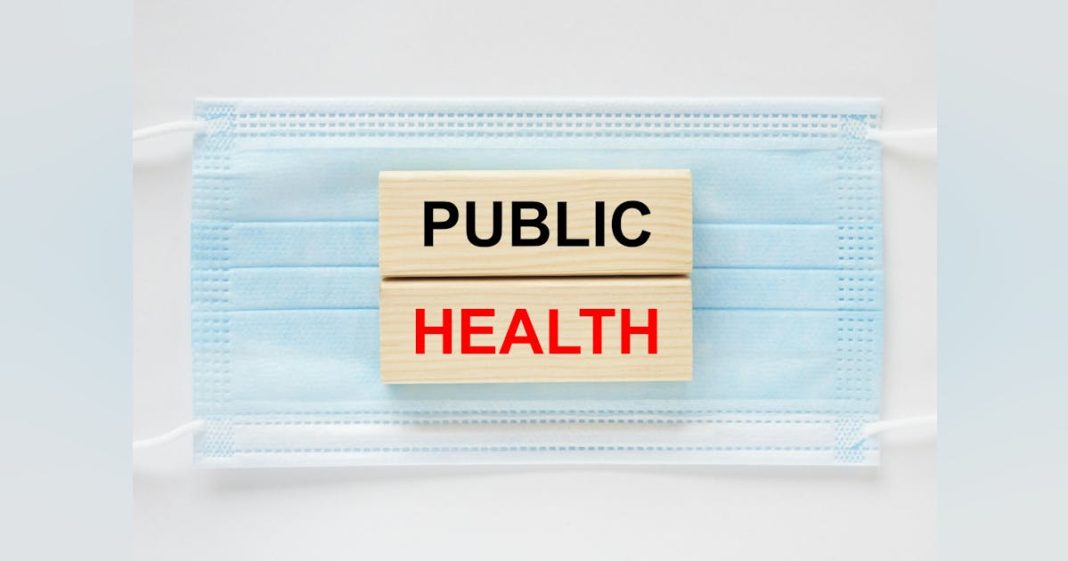Can the U.S. public health infrastructure, post-COVID-19, be transformed into something bigger and broader? A team of public health and community health leaders believes that it must be. Writing in the June issue of Health Affairs, the leaders advocate for a re-visioning of the two concepts of public health and community health, and a unification of the two concepts via an intensive reworking of federal healthcare policy.
The commentary article, “The Community As A Full Partner: A New Model For Public Health,” was published in the journal’s June issue, and authored by Alice T. Chen, Denise O. Smith, Bisola O. Ojikutu, and John Auerbach. The authors began the process that led to the publication of the article by executing on a survey of the health directors of the 35 largest metropolitan communities. Their survey results revealed a very high level of mistrust between their community and its public health department, with only 18 percent reporting a high level of trust between the two, and 28 percent feeling that that level of trust has been improving. At the same time, all the public health department leaders indicated that partnerships with community-based organizations were a high priority, with 79 percent listing that phenomenon as their “most important” priority.
Adding to the challenges is the fact of the siloing of direction and resources, with public health “too often seen as the purview of the health department, rather than an all-of-society effort.” Per that, the article’s authors note that “The National Association of Community Health Workers has gathered examples of many community health worker–led organizational members that demonstrate the effectiveness of public health as an all-of-society effort. The Florida Community Health Worker Coalition responded to members’ needs by creating a COVID-19 infection prevention curriculum in April 2020. In one month, they trained more than 450 community health workers in English and Spanish. The Ka‘ū Rural Health Community Association, in Hawaii, vaccinated Native Hawaiian–, Marshallese- and Filipino-speaking populations in rural fishing villages, urban centers, and homeless encampments while collecting vital data to inform and improve the National COVID-19 Resiliency Network.”
Additionally, the authors contend, community members need to be further included in public health decision-making: “Seventy-four percent of CBOs in our survey said that “’flexibility in use of the funding to address community needs’ would make it easier to obtain funding from public health agencies, and 67 percent recommended having “dedicated funding for CBOs [and community health workers]” Health department survey respondents named disease-specific funding as the second-highest barrier to funding CBOs, at 70 percent, second only to inadequate overall funding, at 85 percent.”
The model that the article’s authors propose is one of shared decision-making between public health departments and community-based organizations. They recommend that the Centers for Disease Control and Prevention (CDC) and other federal agencies require state and local public health agencies to establish community councils with a formal rule in public health decision-making; they want Congress, federal agencies, and state and local governments to dedicate funding to community-based organizations; and they recommend that those bodies provide community-based organizations with funding not tied to specific diseases or conditions, but rather that such funding be made flexibilities, in order to be able to address local health priorities. And they recommend that “federal, state, and local agencies develop simplified procurement and reporting processes to lower the obstacles to small community organizations applying for and being awarded grants.”
“Public health in the twenty-first century can become more powerful and effective in addressing health disparities, and in improving health status broadly, by building on lessons of the COVID-19 pandemic and engaging the creativity, resourcefulness, and wisdom of communities throughout the US,” the author’s articles conclude. “The diversity of US society represents one of the nation’s greatest strengths. Communities, especially those experiencing the greatest health disparities, must be supported in working alongside public health departments to identify priorities and design, implement, and evaluate programs to address the multifactorial causes of poor health. They must be treated as experts in the lived experiences and local assets and barriers that can so deeply affect health. Policy makers at the federal, state, and local levels have an important role to play in facilitating this transformation through policies that support CBOs and community health workers with funding, technical assistance, and formal roles in decision making that build the trust and community capacity needed for the US to become a healthier, thriving, and more just society.”







